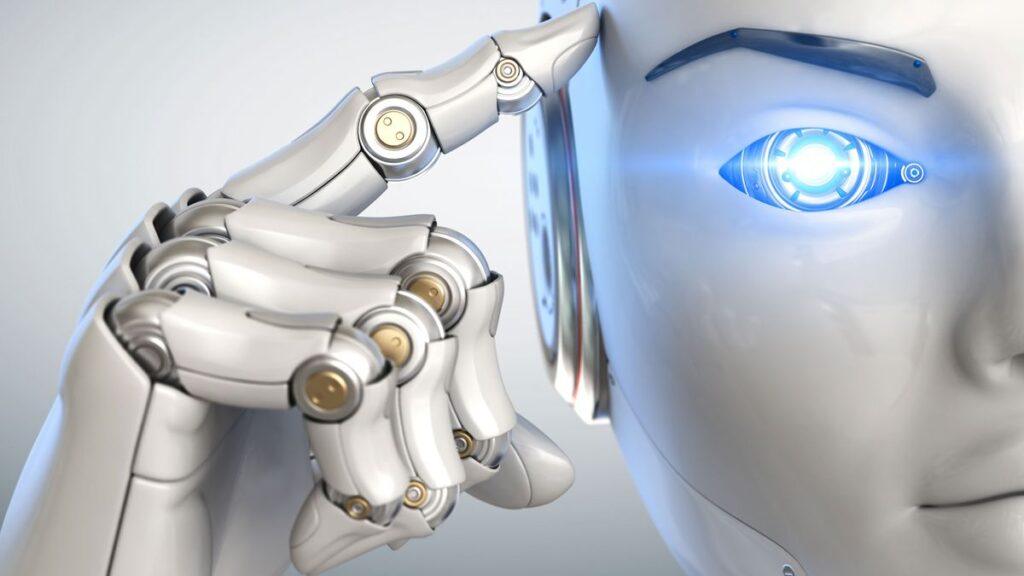As 2025 begins, artificial intelligence is no longer just something to look forward to in the future, it’s here right now, but that doesn’t mean there isn’t plenty of room to grow.
After a packed 2024, there are still plenty of OpenAI plans with ChatGPT, Google Gemini, Apple Intelligence, Meta AI, and others. All AI developers compete to outdo each other, pushing the boundaries of what is possible. Here are some of our predictions for what your life with AI would be like in 2025.
Your AI agent
AI assistants are already pretty good at answering questions, but in 2025 we will probably see a lot more proactive actions and anticipation of your needs. Imagine ChatGPT rearranging your day based on traffic and weather updates, rescheduling a missed doctor’s appointment without having to ask, and even writing a birthday card for your friend (complete with gift suggestions they’ll love). Google Gemini is working to bring similar predictive features into Google Workspace, while companies like Amazon are rumored to be improving Alexa with task prioritization and advanced calendar integration.
The rise of these tools means people could finally put an end to juggling apps and to-do lists. Instead, your smart homes and mobile devices will become a hub from which your AI assistant will juggle your personal and professional lives. Think of it as having an omnipresent executive assistant, but one that doesn’t require lunch breaks or overtime pay.
Smarter (more) devices
While the Rabbit R1 and Humane AI Pin may not have been as successful as their creators predicted, you’ll be seeing some very smart devices next year. Some are because AI is built into smartphones and existing products. Apple Intelligence will continue to add more features, and that is powered by OpenAI models. The iPhone and Apple Watch will have a more active Siri than ever. The same goes for the continued integration of Gemini into Android, especially with Google Pixel phones and the Chrome browser.
You’ll see similar AI upgrades on home appliances. Companies like LG and Samsung are doubling down on AI in refrigerators, ovens and washing machines. A 2025 refrigerator could scan its contents, recommend recipes, and automatically add missing ingredients to your grocery app.
And there will be a lot of AI on your body, especially on your face, as 2025 will surely be the year of AI smartglasses. That includes Meta’s next-generation Ray-Ban smart glasses and Orion augmented reality headsets. It will be like having an extra brain right in front of your eyes.
See and hear AI
Multimodal AI exploded this year, with image, audio, and video creators popping up and adding new features in what seemed like weekly updates. They are often treated as separate systems, but that will be a thing of the past. Gemini and ChatGPT are already encouraging users to create images within their text conversations, and ChatGPT added Sora’s AI-powered video creator to the available tools. The text, images, audio and video that you send and that the AI produces will be interchangeable depending on the context. This means you can take a photo of a broken household item and its AI could suggest repair steps, find the replacement part on Amazon, and even connect you with a local repair service.
Apple is reportedly exploring multimodal AI for its Vision Pro headphones, which is expected to release a more refined version in late 2025. These headphones could leverage multimodal AI to overlay real-time information on physical objects in your environment. . For example, it could guide you through assembling furniture by identifying each piece and providing step-by-step AR instructions.
In creative fields, Adobe’s AI-enhanced Creative Cloud tools are already using multimodal capabilities to improve workflows. By 2025, these tools could automatically generate mood boards or edit videos based on a simple text message. For professionals, Microsoft’s integration of multimodal AI into Teams and Office could offer features like summarizing video calls and turning meeting notes into PowerPoint presentations with relevant images.
Meta has been vocal about its intentions to make AI a cornerstone of Facebook and Instagram, and 2025 is shaping up to be the year these plans reach their full potential for both brands and their other social media services. Expect to see AI-generated characters popping up everywhere, from influencers to online marketplaces. These AI robots will interact with users and offer everything from travel planning advice to fashion tips. For example, a chatbot on Instagram could help you plan a trip to Tokyo, giving you restaurant recommendations and activity ideas while syncing with your Google Calendar to confirm reservations.
The rumored Meta project, known internally as ‘Metabots’, could also become a key feature of Messenger. Imagine messaging a virtual stylist who selects outfits for your weekend based on your budget and favorite brands. These robots could even act as customer service agents, instantly resolving issues like order refunds or account troubleshooting without the dreaded “hold” music.
The flip side is that distinguishing between human and AI accounts could become a huge headache. Platforms will need to walk a fine line between using AI to improve user experience and eroding trust by overloading feeds with synthetic content. Meta has promised safeguards, but skepticism persists.
Less work, more fun
AI in 2025 will affect almost every aspect of our lives, from how we shop and communicate to how we work and relax. For the average person, this could mean less time spent on mundane tasks, more personalized tech experiences, and some awkward moments deciding whether that Instagram influencer is real or AI-generated. Either way, one thing is clear: AI is no longer on the horizon: it is firmly in the driver’s seat. Fasten your seatbelt.




